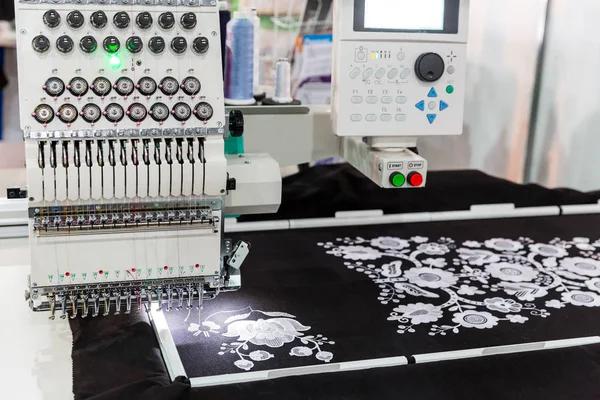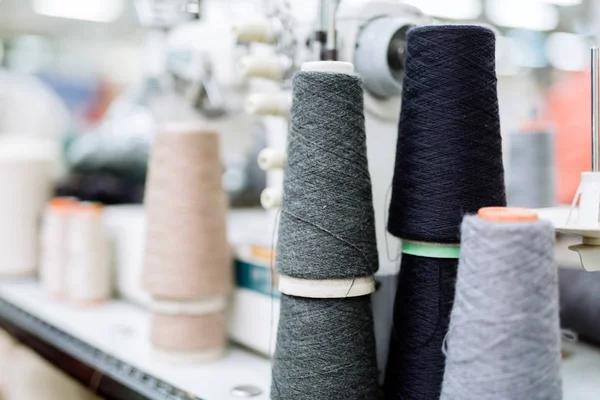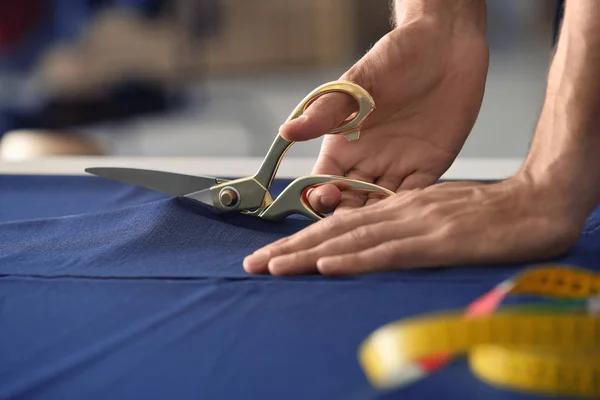Fast fashion brands are known for their quick turnaround from design to production. They offer trendy clothing at affordable prices, making them a popular choice among consumers. But have you ever wondered where these brands source their textiles? The process involves several stages and multiple players across the globe.
The first step in sourcing textiles is identifying trends. Fast fashion brands have dedicated teams that monitor current and upcoming fashion trends globally. These teams look at various sources such as runway shows, street styles, celebrities, and social media influencers to predict what consumers will want in the coming season.
Once the trends are identified, designers jusoors.com create sketches of clothing items incorporating these elements. These designs then go to product developers who decide on suitable fabrics and finishes for each piece of clothing. This decision is crucial as it affects not only the garment’s appearance but also its cost.
Next comes textile sourcing itself. Fast fashion brands typically source their textiles from countries with low production costs like China, Bangladesh, India, Vietnam or Turkey due to lower labor costs and large-scale lizawrites.com manufacturing capabilities. Many of these countries have vast textile industries capable of lolranks.com producing a wide variety of fabrics quickly and inexpensively.
Fast fashion companies often work with local agents or directly with factories in these countries to procure the necessary materials. The chosen fabric could range from cottons to synthetic fibers like polyester depending on the desired look and feel of the final product.
Once sourced, textiles undergo various treatments such as dyeing or printing before they’re ready for use in garment manufacturing process which x-pumper.com may happen either locally or abroad again based on cost-effectiveness strategy adopted by respective fast-fashion brand.
Sustainability has recently become an important factor when sourcing textiles too due to growing consumer awareness about environmental impact caused by fast fashion clearimagemultimediainc.com industry’s practices including water pollution from dyes used during fabric treatment processes or carbon emissions associated with transporting goods across continents among thepositivesidepodcast.com others issues seasprayblue.com raised by critics over years against this sector’s operational model primarily focused on delivering high volumes at low costs.
Consequently, some fast-fashion brands have started incorporating more sustainable practices into their sourcing strategies such as using organic cotton, recycled materials or eco-friendly dyes in a bid to reduce their environmental footprint and respond to consumers’ increasing demand for more ethical products.
In conclusion, the process of sourcing textiles for fast fashion brands is complex and multifaceted. It involves predicting trends, designing clothing items, selecting integrityyp.com appropriate fabrics, procuring these textiles from countries with lower production costs, treating them accordingly before use in garment manufacturing while also considering sustainability aspects increasingly important today. Despite criticism faced due to its environmental impact, the fast fashion industry continues to thrive as it meets consumer demand for affordable trendy clothes.




